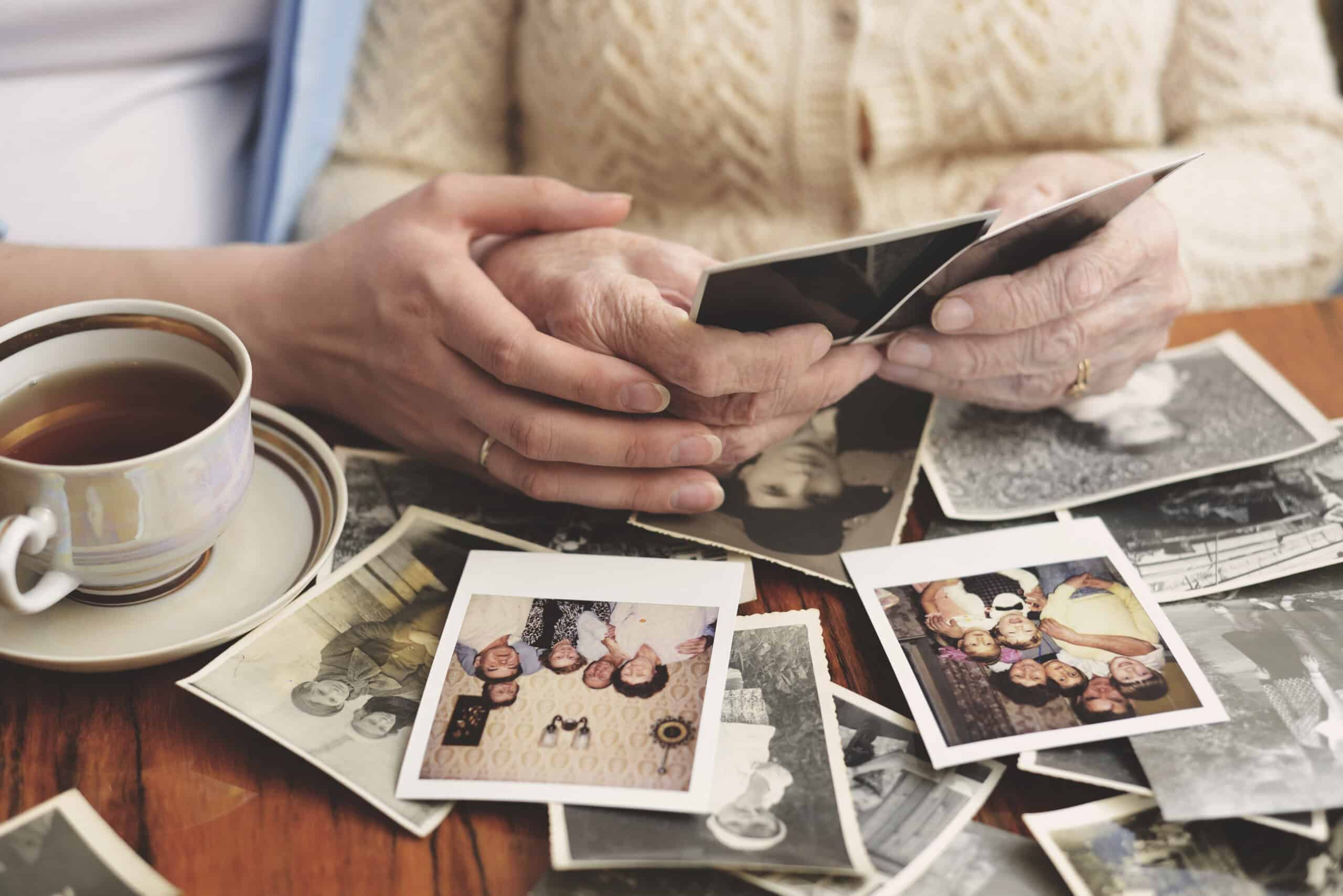Have you ever come across an old photo, drawing, or story from your childhood that instantly took you back?
These fragments of the past don’t just trigger nostalgia—they anchor us in who we are. Imagine offering that same gift of identity and warmth to your children.
It’s easy to overlook the small moments that shape a child’s sense of identity and emotional wellbeing. Yet research shows that preserving and sharing memories with children—through photos, stories, keepsakes, or videos—can have a deep impact on their cognitive, emotional, and social development.
Neuroscience Insight
Memory plays a key role in how children develop a sense of identity, emotional regulation, and social understanding. Neuroscientists have found that autobiographical memory—recollections of personal life experiences—helps children construct a coherent self-narrative.
When parents actively engage in storytelling and reminiscing, it stimulates the brain’s hippocampus and medial prefrontal cortex, areas responsible for emotional learning and long-term memory formation. This interaction boosts both memory capacity and emotional intelligence (3).
The act of shared memory-building is relational: children are more likely to remember emotionally significant events when guided by supportive adults (1).
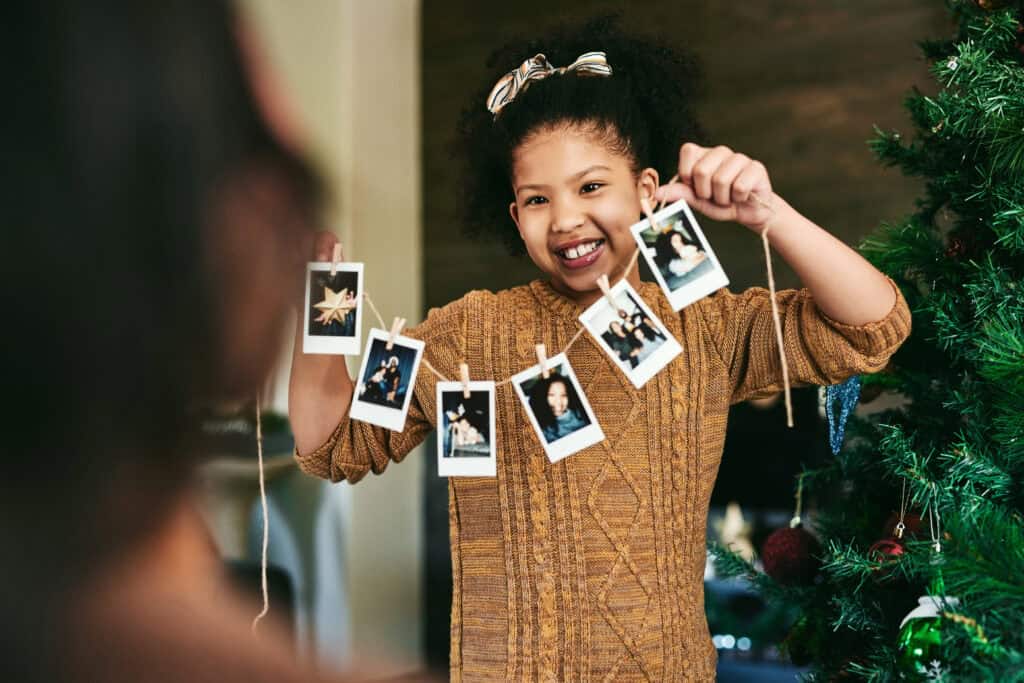
Why Collecting Memories Matters
- Strengthens Parent-Child Bonds
Children develop memory skills in relational settings, especially through warm, meaningful interactions with parents. Shared storytelling and reminiscing increase both memory processing and emotional connection (1).
- Supports Identity and Emotional Security
Autobiographical memories help children understand who they are. When parents help children recall personal stories, it boosts their identity development, sense of belonging, and resilience, especially in times of change or stress (2,3).
- Boosts Cognitive Development
Memory is not just a storage system; it underpins learning, language, and reasoning. Early shared memory activities like storytelling or revisiting photos can help children develop memory strategies and cognitive frameworks that aid later academic and social success (4).
- Protects Important Connections During Difficult Times
Tools like “memory boxes” or scrapbooks are especially vital for children experiencing separation, loss, or trauma. These collections serve as emotional anchors and help maintain continuity in the child’s life story (5).
- Improves Emotional Wellbeing in Neurodiverse Children
In children with autism, memory-sharing conversations (called “elaborative reminiscing”) have been shown to improve episodic memory and foster better social understanding and emotional development (6).
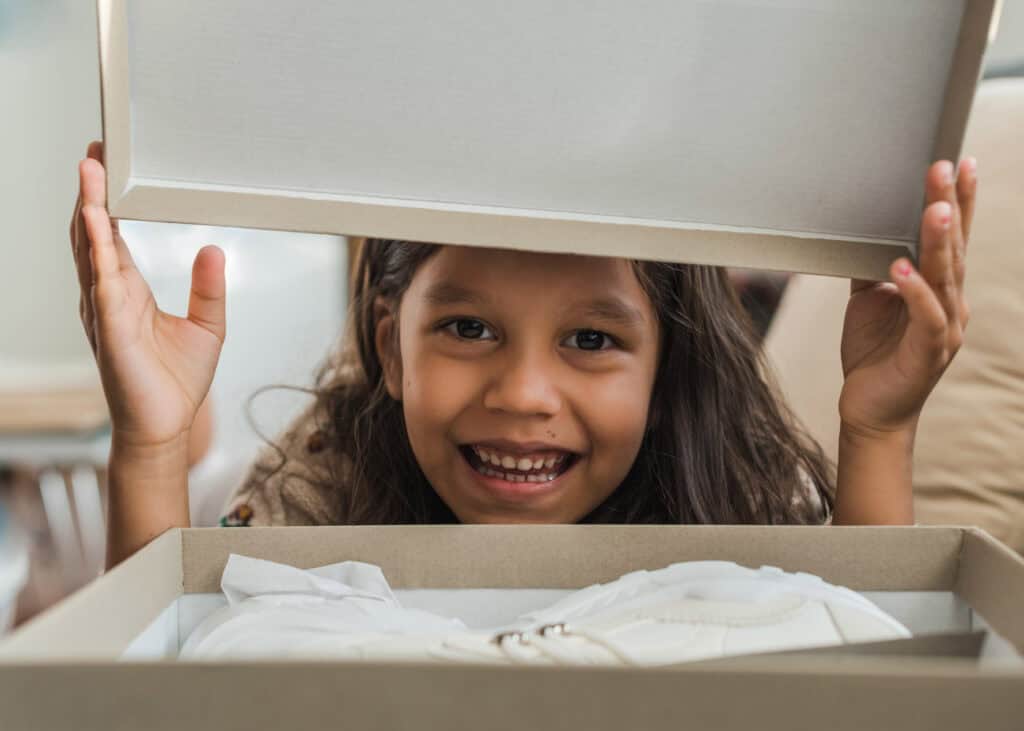
Collecting Memories for Your Children
There’s something magical about stumbling across an old school project, a candid photo, or a crayon drawing from childhood. These items don’t just capture a moment—they transport you back to it. For children, those preserved memories can shape their sense of identity, emotional resilience, and family connection.
Research shows that reminiscing with children helps strengthen their memory skills and builds emotional bonds with caregivers (1). Here’s how to collect and preserve meaningful memories for your kids—so they can one day look back with clarity, warmth, and gratitude.
Create a Memory Box (or Drawer)
Start with a dedicated space for each child’s keepsakes. Whether it’s a decorative box, a labelled plastic drawer, or a digital folder, the goal is easy access and ongoing use.
- Store drawings, crafts, birthday cards, or souvenirs from family outings.
- Include simple labels or sticky notes with the date and context.
- Even a funny quote or mispronounced word scribbled on paper can be a gem later on.
Having a physical space makes it easy to drop things in as they come up, which builds a habit of memory preservation over time.
PAUSE AND REFLECT
What’s one small memory from your childhood that shaped how you see yourself today?
What might your children remember if you don’t preserve it?
Save Schoolwork and Milestones
Kids’ school projects often capture their personality and creativity at specific stages of development. Keep:
- Stories, art, test papers, or report cards
- Notes on the back: grade level, date, teacher’s name, or school
- Occasional reflections from you, such as why a project stood out
These records become more than clutter—they become context for who your child was at different ages, which strengthens identity formation (3).
Document Life in Photos (and Backup Often)
Photos tell stories beyond what words can capture. Consider these tips:
- Date each photo and include a sentence or two about the moment.
- Organize digital albums by year or theme (birthdays, vacations, funny faces).
- Back up your photos monthly to an external hard drive or cloud storage.
If you like print photos, keep a handful in each child’s box or in a family album with handwritten captions.
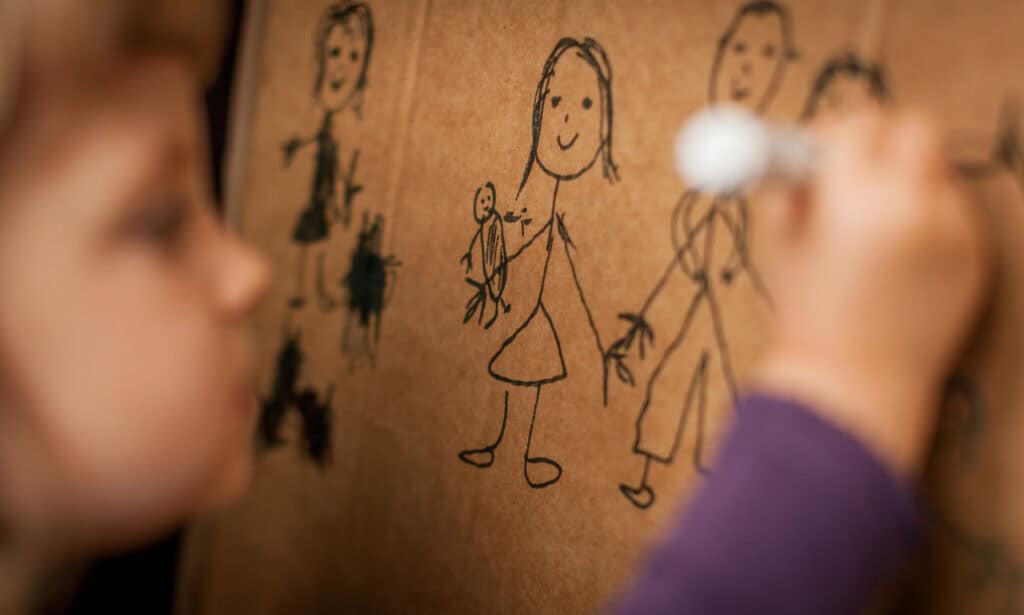
Write Personal Stories and Reflections
Sometimes, the most meaningful memories aren’t the big milestones—but the small, real moments.
- Write short reflections about struggles and triumphs: a fight with a friend, quitting piano lessons, or scoring a goal after weeks of practice.
- Capture quirky questions your child asks or silly phrases they invent.
- Write from your perspective, like a journal entry addressed to your child.
These narrative memories help children develop autobiographical memory and a coherent life story, which is essential for their emotional development (2).
Record Videos and Voice Notes
With smartphones, it’s easier than ever to record real-time memories:
- Video them singing a song, playing dress-up, or explaining how something works.
- Record your voice telling a story about their childhood.
- Save “time capsule” interviews asking them about their favorites (foods, friends, toys).
These snippets of sound and video can help preserve not just the image of your child, but their personality and voice—a powerful emotional archive for them as they grow.
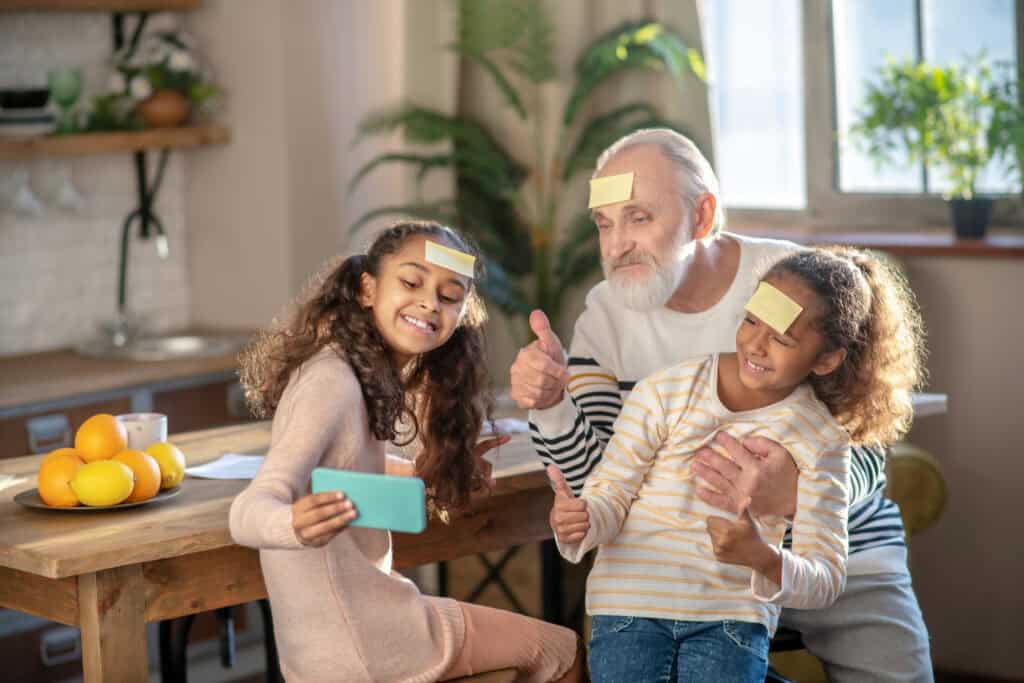
Cultural Connection
Across the world, memory-sharing traditions take many forms:
- In Indigenous Australian cultures, storytelling is not only a way to pass down historical events—it is a vital method of transferring values, geography, and spiritual identity through generations.
- In Mexican culture, Día de los Muertos rituals preserve the memory of ancestors through photos, food, and altars, reinforcing family identity and continuity.
- In Japanese culture, family heirlooms and seasonal rituals such as Hina Matsuri (Girls’ Day) involve memory-keeping through symbolic objects that mark personal and family history.
These traditions underscore a universal truth: memories are more than recollections—they are bridges that connect generations, foster belonging, and preserve emotional lineage.
Why This Matters
Studies show that when parents help children remember personal experiences, it boosts memory skills, social development, and emotional resilience (4,6). These practices give your child a clearer sense of self—and help them feel known, loved, and rooted.
Years from now, you and your child will open that memory box or scroll through those photo folders, and the past will come alive. You’ll both be grateful you took the time to document these everyday miracles.
Collecting memories isn’t just a gift for your children—it’s a gift for you, too.

Reflect
Pass this blog post along to a friend or family member who might enjoy preserving their own children’s memories—because the little moments matter most.
References:
- Russo, K. et al. (2017). Sharing memories with children: The importance of close and significant relationships. Journal of Power Sources, Vol. 1(2), pp. 11 -18. https://jpsjournal.org/new/ojs/index.php/JPS/article/view/21/pdf
- Brown, D. A., & Lamb, M. E. (2017). A contextually and developmentally sensitive view of children’s memory development. Advancing Developmental Science, pp. 119–132. Routledge Books. https://doi.org/10.4324/8791315174686-10
- Schneider, W., & Ornstein, P. A. (2015). The development of children’s memory. Child Development Perspectives, 9(3), 190–195. https://doi.org/10.1111/cdep.12129
- Buribaevich, M.K., Zayitovich, D.M., and Yuldashev, S.E. (2022). Psychological Factors in the Development of Memory in Preschool Children. Frontline Social Sciences and History Journal, Vol. 02 (03), pp. 21-31. https://frontlinejournals.org/journals/index.php/fsshj/article/view/166/156
- Neville, R. (1994). Keeping memories safe. Adoption & Fostering, 18(3), 36–37. https://doi.org/10.1177/030857599401800308
- Brien, A., & Hutchins, T. (2022). Development of a manualised intervention to support episodic memory in autistic children: elaborative reminiscing is key. Seminars in Speech and Language, 43(04), 299–315. https://doi.org/10.1055/s-0042-1750349
This piece was written for you by
Making complex ideas accessible and sparking meaningful conversations.
